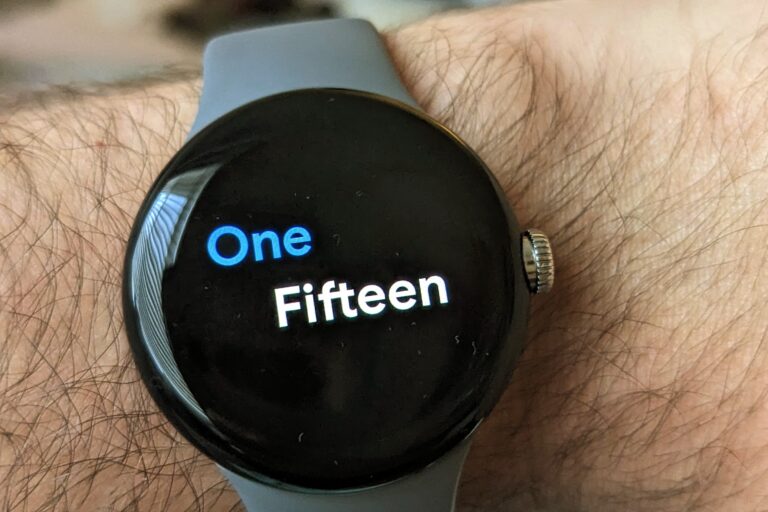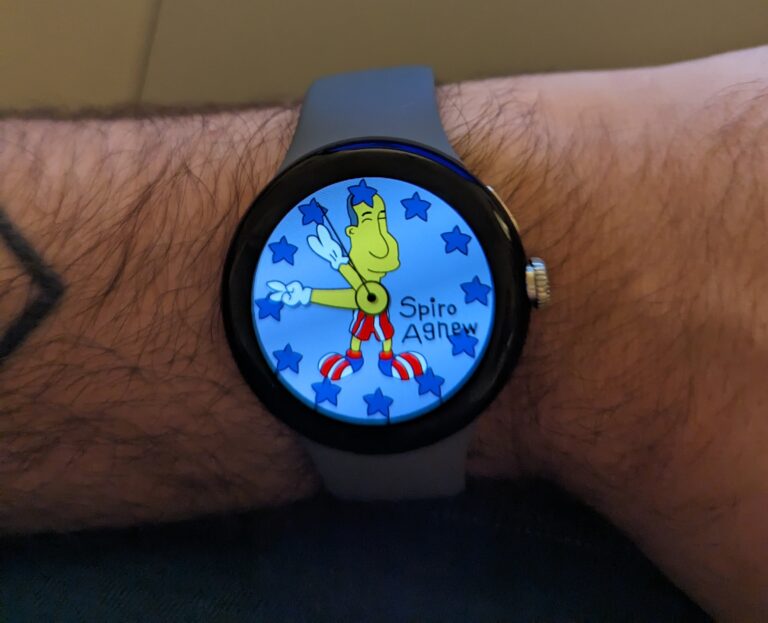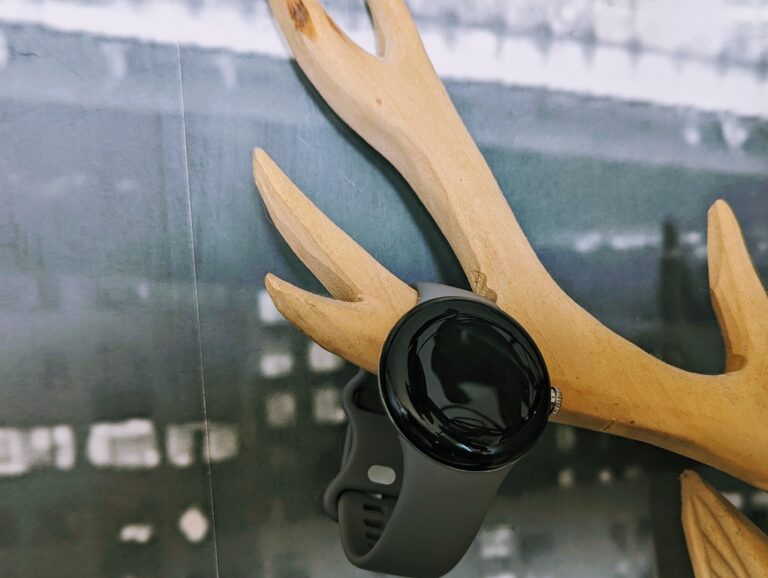Optus Mobile Review ALDI Mobile Review Amaysim Mobile Review Belong Mobile Review Circles.Life Review Vodafone Mobile Review Woolworths Mobile Review Felix Mobile Review Best iPhone Plans Best Family Mobile Plans Best Budget Smartphones Best Prepaid Plans Best SIM-Only Plans Best Plans For Kids And Teens Best Cheap Mobile Plans Telstra vs Optus Mobile Optus NBN Review Belong NBN Review Vodafone NBN Review Superloop NBN Review Aussie BB NBN Review iiNet NBN Review MyRepublic NBN Review TPG NBN Review Best NBN Satellite Plans Best NBN Alternatives Best NBN Providers Best Home Wireless Plans What is a Good NBN Speed? Test NBN Speed How to speed up your internet Optus vs Telstra Broadband ExpressVPN Review CyberGhost VPN Review NordVPN Review PureVPN Review Norton Secure VPN Review IPVanish VPN Review Windscribe VPN Review Hotspot Shield VPN Review Best cheap VPN services Best VPN for streaming Best VPNs for gaming What is a VPN? VPNs for ad-blocking But, Google has also had seven years to observe the smartwatch market and to see what works and what doesn’t. It’s had other manufacturers to pave the way for hardware and design improvements. On top of that, it’s been developing software for smartwatches since 2014. That’s eight years of powering other manufacturers’ smartwatches, seeing how its operating system interacted with hardware. In that regard, the Pixel Watch has to be held to the same standards as its competitors. The good news is that Google’s first smartwatch is mostly a success. It’s elegantly styled and offers good functionality, and at a much lower price point than Apple. It also has the benefit of WearOS being a legacy platform. Eight years of WearOS development means the app ecosystem is much richer for the Pixel Watch than the Apple Watch Series 1 had at launch. Google also has the benefit of its 2021 acquisition of Fitbit. Rather than building its health tracking features from the ground up like Apple, Google can lean on Fitbit’s expertise. That means the Pixel Watch launches with Fitbit features like sleep tracking, automatic workout detection, heart rate monitoring, an onboard ECG, step tracking, calorie tracking and the like. It offers 40 different workout modes. Google is offering the Pixel Watch with a 6-month free Fitbit Premium membership. This gives you access to hundreds of workout and mindfulness videos. For those who choose not to carry on with Fitbit Premium after their free membership expires, Google has promised that the Pixel Watch’s functionality won’t be affected. As mentioned, the Pixel Watch does lack some of the health tracking features offered by the Apple Watch Series 8. There’s no body temperature sensor, for example, so it won’t offer the robust fertility and menstrual cycle tracking of the Series 8. It has fall detection but not crash detection (though this may be a plus for rollercoaster enthusiasts). While the Pixel Watch does have an SpO2 sensor, it doesn’t currently function. But, Google has promised five years of software update support, and says it will be releasing WearOS updates on a yearly basis. That means we’re likely to see the SpO2 sensor play a role in the future. Design is the Pixel Watch’s strong point. The circular, domed watch body is a nice departure from Apple’s rectangular watches, and the digital crown is integrated elegantly into the body. Its second button sits unobtrusively flush with the watch body, though it does make it slightly difficult to push at times. The Pixel Watch is available in three different case colours, champagne gold, matte black and polished silver. It’s sold with a fluoroelastomer band, but also offers an elastic stretch band, leather band or woven fabric band. Google is planning to release metal link and loop bracelets mid-next year. Before launch, much was made about the Pixel Watch’s bezels. Leaked promotional photos showed the watch with some truly giant bezels, which raised some alarm bells from tech journos. Handling the watch in person, though, the bezels are barely noticeable. Google made the intelligent choice to launch the Pixel Watch with a set of watch faces that downplay the bezels with an all-black background that melds pretty seamlessly with the watch’s domed surface. The bezels did become pretty noticeable when I designed and uploaded my own watch face, but with the standard set of faces offered at launch, I couldn’t have even pointed out where the watch face ended and the bezels started. One caveat, though: I found that third-party watch face apps were absolute battery vampires. While the Pixel Watch’s proprietary watch faces got nearly a day in always-on mode, third–party watch faces drained the battery completely in about five hours. When it is time to charge, the Pixel Watch can go from 0 to 100% charge in about half an hour. It comes with a circular magnetic charging dock akin to the Apple Watch’s dock. Unfortunately, it doesn’t support Qi wireless charging. Pixel Watch’s UI is easy and straightforward to interact with. Scrolling up with the digital crown brings up your notifications, scrolling down brings down a utilities menu. A tap takes you to your apps, while two taps opens Google Wallet. A single tap of the second button brings up recently used apps while two taps opens your most recently used app. The watch also uses touchscreen gestures for navigation, but I’ve never had to stray from the buttons to find what I’m looking for. If you’re looking for a cellular connection, the options at launch are limited. Currently, the Pixel Watch only offers cellular connectivity through Telstra. It operates on an eSIM and can be added to a Telstra post-paid service. For a look at the latest Telstra post-paid mobile deals, check out the table below.


